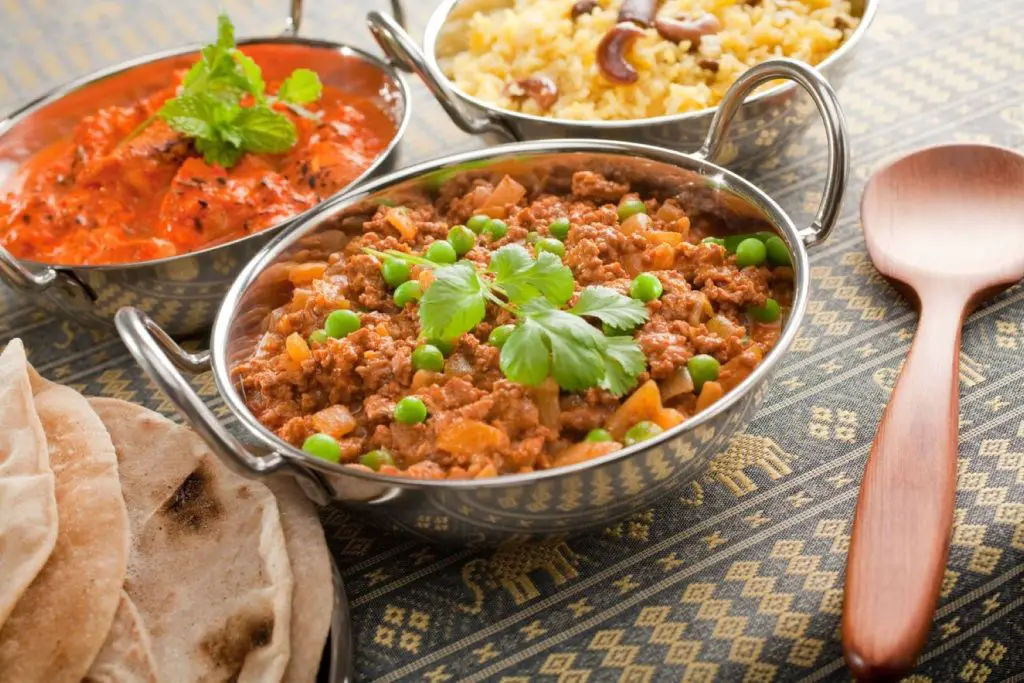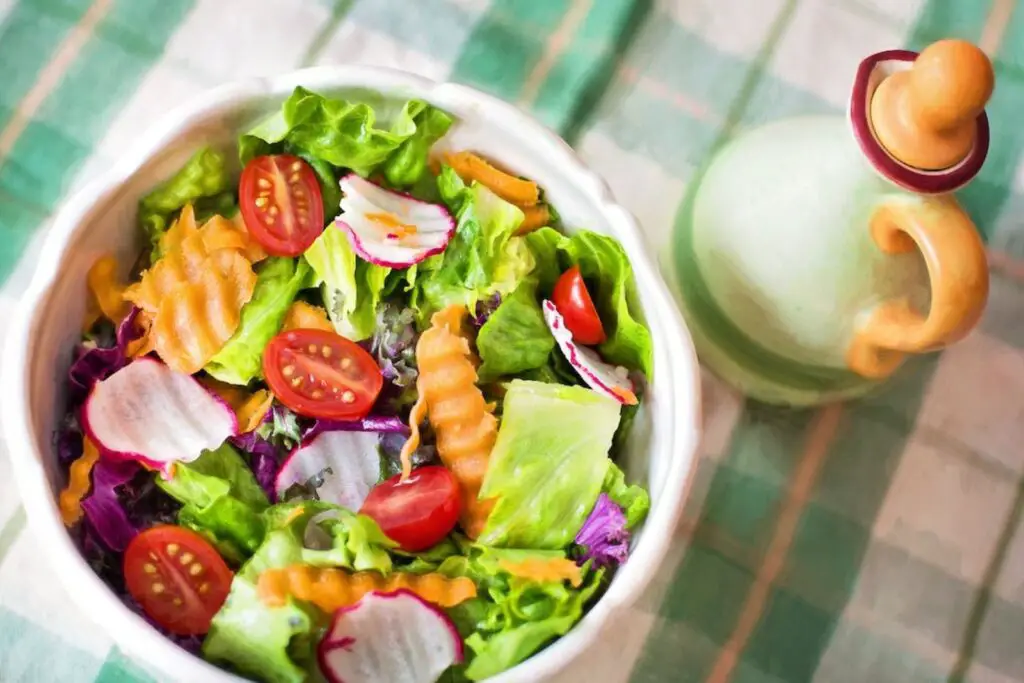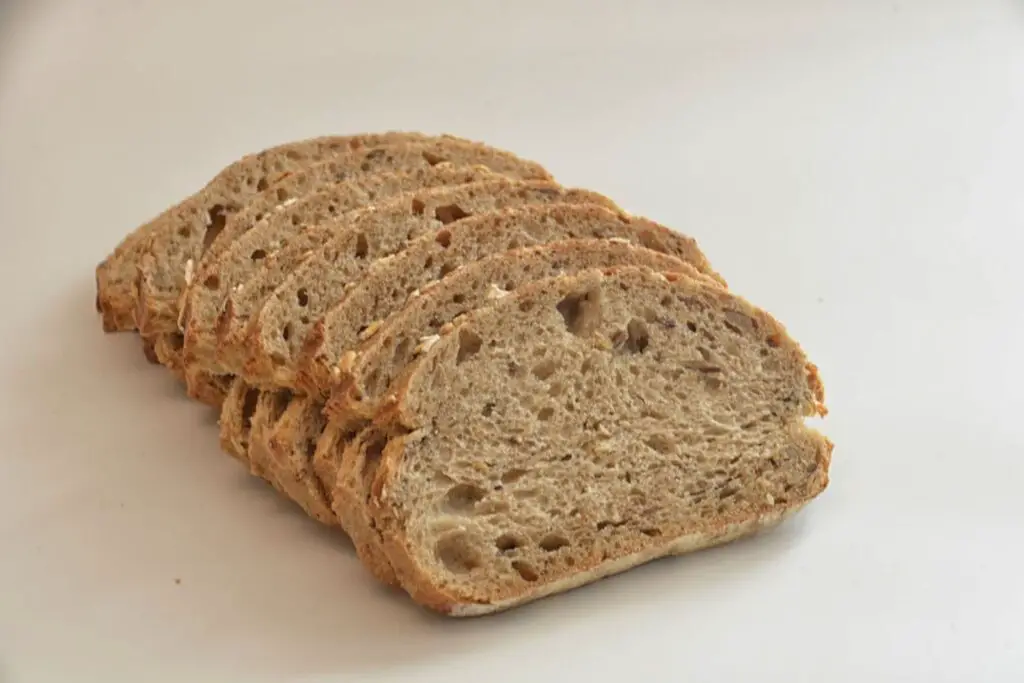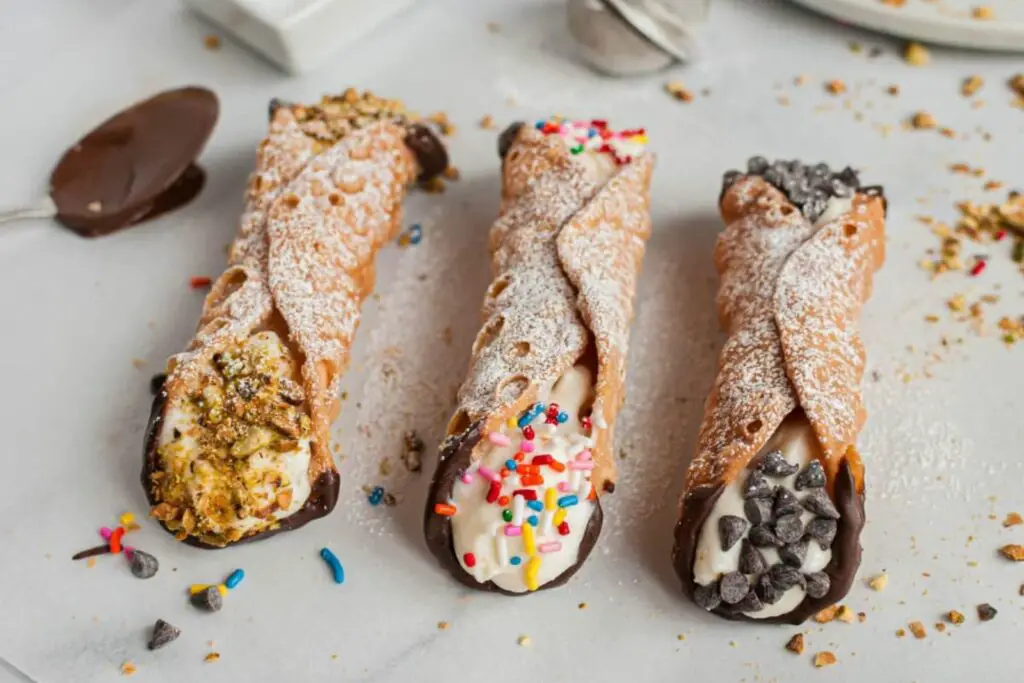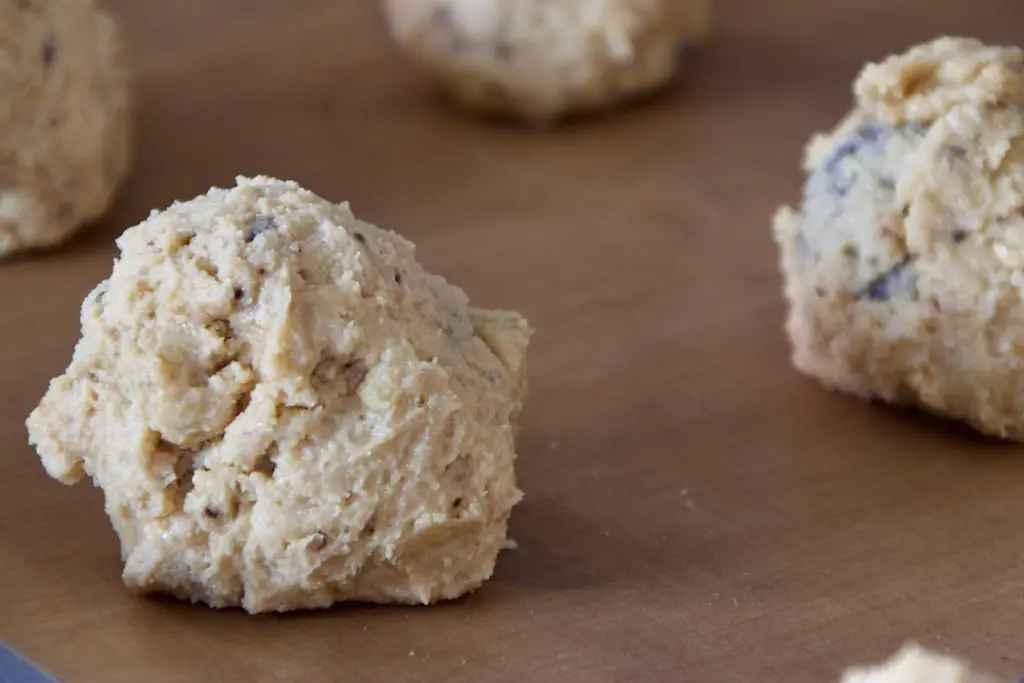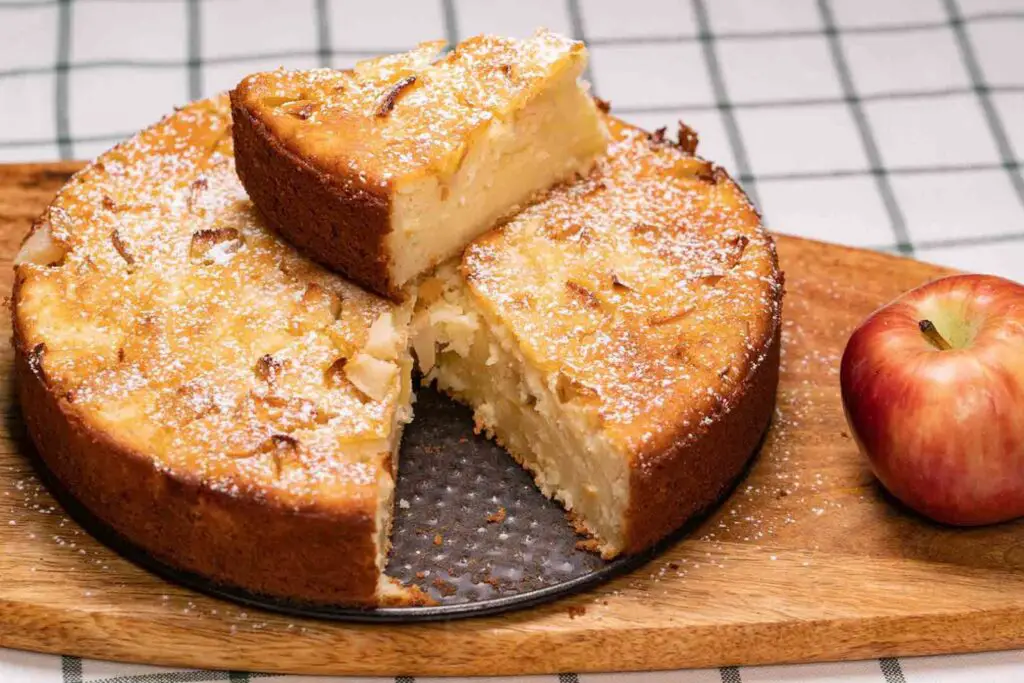
The prime rib roast is a premium cut of beef that is highly sought after for its tenderness, flavor, and marbling. It is a popular choice for special occasions, such as holiday dinners or family gatherings. However, sometimes you may purchase a larger prime rib roast than you need or want to preserve it for future use. Freezing prime rib roast is an excellent way to preserve its freshness and extend its shelf life.
Here is a step-by-step guide on how to freeze prime rib roast:
Step 1: Choose a fresh and high-quality prime rib roast.
When selecting a prime rib roast to freeze, it is important to choose a fresh and high-quality cut of meat. This means ensuring that the prime rib roast is not past its expiration date or sell-by date, as consuming expired meat can be a health hazard.
In addition, it is important to inspect the prime rib roast for any signs of discoloration, which could indicate spoilage or bacterial growth. The meat should be a bright red color with no brown or gray spots. Mold growth or a foul odor can also indicate that the meat has gone bad and should not be consumed.
It is crucial to choose a fresh prime rib roast because freezing does not kill bacteria, but rather slows down their growth. Freezing can also affect the quality and taste of the meat, so starting with a high-quality cut will ensure that it maintains its flavor and texture after thawing.
By carefully inspecting and selecting a fresh prime rib roast to freeze, you can ensure that it is safe to eat and will taste delicious when cooked.
Step 2: Prepare the prime rib roast for freezing.
Before freezing a prime rib roast, it is important to properly prepare it to ensure that it remains fresh and free from freezer burn.
Here are some steps to follow when preparing a prime rib roast for freezing:
Trim excess fat:
Trimming excess fat from the prime rib roast before freezing can help prevent the meat from becoming rancid during freezing. This is because fat can go bad more quickly than the rest of the meat, leading to an off-flavor and odor.
Wrap tightly:
To prevent freezer burn, it is important to wrap the prime rib roast tightly in plastic wrap or aluminum foil. This will help protect the meat from exposure to air, which can cause ice crystals to form and damage the texture and flavor of the meat. Alternatively, you can use freezer paper or freezer bags specifically designed for freezing, which will also help to keep the meat fresh.
Step 3: Label the package
Labeling the package of prime rib roast with the date of freezing and the name of the cut is an important step in the freezing process.
Here are some details to consider when labeling the package:
Date of freezing:
It is important to write down the date that the prime rib roast was frozen. This will help you keep track of how long the meat has been in the freezer, and ensure that you use it within a safe time frame.
Name of the cut:
You should also label the package with the name of the cut of meat, such as “prime rib roast.” This will help you easily identify the package later on when you’re looking for a specific cut of meat.
Additional information:
You may want to include additional information on the label, such as the weight of the meat or any seasoning or marinade that was used before freezing.
By labeling the package with the date of freezing and the name of the cut, you can easily keep track of the prime rib roast and ensure that you use it within a safe time frame. Additionally, including additional information on the label can help you keep track of the specifics of the meat and ensure that you cook it to your liking.
Step 4: Place the prime rib roast in the freezer
After preparing the prime rib roast for freezing, the next step is to place it in the freezer.
Here are some details to consider when placing the prime rib roast in the freezer:
Choose the coldest part of the freezer:
It’s important to place the prime rib roast in the coldest part of the freezer. This is usually at the back or bottom of the freezer where the temperature is the most consistent.
Avoid overcrowding:
Avoid overcrowding the freezer as this can affect the temperature and airflow, leading to uneven freezing and potential freezer burn. Make sure there is enough space around the package for air to circulate freely.
Do not freeze warm meat:
It’s important to wait until the prime rib roast has cooled down to room temperature before placing it in the freezer. This will prevent the freezer temperature from fluctuating, which can affect the quality of the meat.
Do not stack packages:
Avoid stacking packages on top of each other as this can also lead to uneven freezing and potential freezer burn.
By following these details, you can ensure that the prime rib roast is properly placed in the freezer for optimal preservation.
Step 5: Freeze the prime rib roast for up to six months
Once the prime rib roast has been properly prepared and placed in the freezer, it can be frozen for up to six months.
Here are some details to consider when freezing the prime rib roast for an extended period of time:
Temperature control:
The freezer temperature should be set to 0°F (-18°C) or below to ensure that the meat remains frozen and safe to eat for an extended period of time.
Avoid freezer burn:
Freezer burn occurs when the meat is exposed to air, causing it to dry out and develop an unpleasant taste and texture. To avoid freezer burn, make sure the prime rib roast is tightly wrapped in plastic wrap or aluminum foil, or use freezer paper or bags designed for freezing.
Use within six months:
While the prime rib roast can be frozen for up to six months, it’s best to use it within this time frame for optimal quality and taste. Over time, frozen meat can develop off-flavors and a grainy texture.
By following these details, you can ensure that the prime rib roast is properly frozen and stored for up to six months.
Step 6: Thaw the prime rib roast
Thawing the prime rib roast properly is important to ensure that it is safe to eat and cooks evenly.
Here are some details to consider when defrosting the prime rib roast:
Plan ahead:
Thawing the prime rib roast properly takes time, so it’s important to plan ahead. It’s best to transfer the frozen roast from the freezer to the refrigerator at least 24 hours before you plan to cook it.
Keep it in the original packaging:
If the prime rib roast was wrapped properly before freezing, it can be thawed in its original packaging. This will help prevent any moisture loss and ensure that the meat remains flavorful.
Use a tray:
It’s best to place the roast on a tray or plate to catch any excess moisture that may accumulate during the thawing process.
Keep it in the refrigerator:
It’s important to thaw the prime rib roast in the refrigerator rather than at room temperature. This will prevent any bacteria from growing on the meat.
Do not refreeze:
Once the prime rib roast has been thawed, it should be cooked within a few days. Do not refreeze the meat as this can affect its quality and safety.
By following these details, you can ensure that the prime rib roast is properly thawed and ready to be cooked. This will help maintain its quality and flavor, and make it safe to eat when cooked properly.
Other related questions
How Long Can You Keep Prime Rib In The Freezer?
Prime rib can be stored in the freezer for up to six months. However, for best quality and taste, it’s recommended to consume the prime rib within three to four months of freezing. After this time, the meat may start to develop off-flavors or a grainy texture. It’s also important to properly store the prime rib in the freezer to avoid freezer burn, which can affect the quality of the meat. Properly wrapping the meat in plastic wrap, aluminum foil, or freezer paper, and placing it in a freezer bag or container can help prevent freezer burn. It’s also important to keep the freezer temperature at 0°F (-18°C) or below to ensure the meat stays frozen and safe to eat.
Does cooked prime rib freeze well?
Yes, cooked prime rib can be frozen, but it may not have the same quality and texture as when it was fresh. When cooked meat is frozen and then thawed, it may become dry and lose some of its flavor. However, if you need to freeze cooked prime rib for storage, it’s important to do so as soon as possible after cooking it.Here are some tips for freezing cooked prime rib:
Let it cool down:
Allow the cooked prime rib to cool down to room temperature before freezing it. This will help prevent any condensation from forming inside the packaging, which can lead to freezer burn.
Wrap it tightly:
Wrap the cooked prime rib tightly in plastic wrap or aluminum foil. You can also use freezer bags or containers designed for freezing. Make sure to remove as much air as possible from the packaging to prevent freezer burn.
Label and date it:
Label the packaging with the date you froze the cooked prime rib so that you can keep track of how long it’s been in the freezer.
Freeze it promptly:
Put the wrapped and labeled cooked prime rib in the freezer as soon as possible after cooking it. The longer it sits at room temperature, the more likely it is to develop bacteria and lose its quality.
Use it within 2-3 months:
While cooked prime rib can be frozen for up to six months, it’s best to use it within 2-3 months for optimal quality and taste.
Can I freeze my uncooked prime rib roast?
Yes, you can freeze uncooked prime rib roast. Freezing uncooked prime rib is a great way to store it for an extended period of time and can be a useful method for meal planning and prepping.
How long can you refrigerate prime rib before freezing?
It is best to freeze prime rib roast as soon as possible after purchasing or cooking to maintain its quality and safety. However, if you need to refrigerate prime rib before freezing, it is recommended to do so for no longer than 2-3 days.
During refrigeration, the temperature of the prime rib roast should be kept at or below 40°F (4°C) to prevent the growth of harmful bacteria. It is important to wrap the roast tightly in plastic wrap or aluminum foil to prevent air and moisture from getting in, which can cause freezer burn and affect the texture and flavor of the meat.
If you need to refrigerate prime rib for longer than 2-3 days, it is best to freeze it instead to ensure its quality and safety.
How do you cook frozen prime rib?
It’s best to thaw frozen prime rib before cooking it to ensure that it cooks evenly and to avoid any potential safety concerns. However, if you need to cook a frozen prime rib, there are a few methods you can use to do so safely.
Method 1: Slow Roasting
- Preheat your oven to 250°F (121°C).
- Place the frozen prime rib on a rack in a roasting pan, fat side up the prime rib with your desired seasonings and herbs.
- Roast the prime rib for 15-18 minutes per pound, depending on the size of the roast. A 4-pound prime rib will take approximately 1 hour and 20 minutes to 1 hour and 45 minutes.
- Use a meat thermometer to check the internal temperature of the prime rib. It should read 125°F (52°C) for medium-rare, 135°F (57°C) for medium, and 145°F (63°C) for well-done.
- Let the prime rib rest for 10-15 minutes before carving and serving.
Method 2: Sous Vide
- Preheat your sous vide immersion circulator to the desired temperature. For medium-rare prime rib, set the temperature to 131°F (55°C).
- Place the frozen prime rib in a vacuum-sealed bag and seal it using a vacuum sealer.
- Place the bag in the preheated water bath and cook for 6-8 hours, depending on the size of the roast.
- Once the prime rib is cooked, remove it from the bag and pat it dry with paper towels.
- Sear the prime rib in a hot skillet or using a torch to create a crust.
- Let the prime rib rest for 10-15 minutes before carving and serving.
It’s important to note that cooking a frozen prime rib can result in uneven cooking and may affect the quality of the meat. If possible, it’s best to thaw the prime rib in the refrigerator before cooking it.

